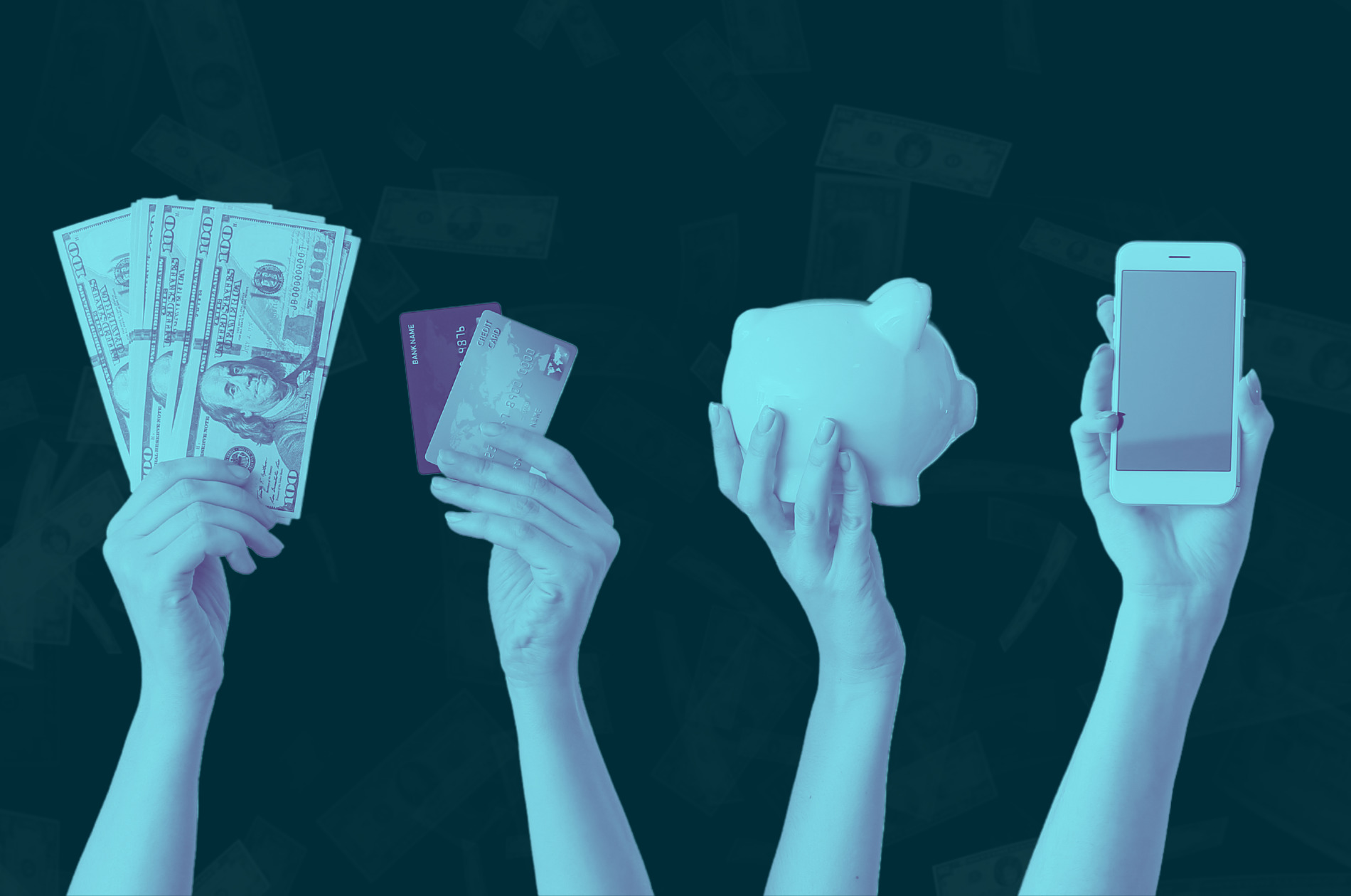The Countdown to Zero-Party Data
If you’ve been paying attention to marketing news lately, you have no doubt seen the terms first-party, second-party, third-party, and zero-party data. These terms are critical in almost every targeting strategy conversation.
With Google’s impending deprecation of third-party cookies, it is vital that you understand the differences between these data types. In this blog, you’ll learn how they can help or hurt your advertising strategies. Plus, we’ll outline how to collect and leverage each data source from third to zero-party data.
Third-Party Data
What is Third-Party Data?
Third-party data is any information collected on consumers from an entity with no relationship to that consumer. In marketing, data aggregators commonly gather data from web browsers that are bundled and sold to advertisers.
How to Collect Third-Party Data:
- To collect third-party data, marketers purchase curated data packages from aggregators. This data is the primary target of data and privacy protection laws because it is usually collected and shared without the explicit consent of consumers.
How to Use Third-Party Data:
- How do you use this data? The short answer: due to changes in privacy laws/policies and the cookieless future, you should use third-party data sparingly. Additionally, this data collection can be inaccurate and lead to budget waste by serving ads to the wrong audiences.
- Start shifting toward collecting more effective forms of consumer data, like first-, second-, and zero-party data, for your targeting needs.
Second-Party Data
What is Second-Party Data?
Second-party data is consumer information collected directly by another organization that your brand has purchased or gained access to through partnerships. Unlike third-party data, the collecting organization has a direct relationship with the consumer. This leads to more accurate and actionable information.
How to Collect Second-Party Data:
- One of the more common forms of second-party data collection is through walled gardens, such as social media and retail media platforms. For example, social media account users on each platform are required to login prior to the use of the app. You may also gain access to this type of data through quality publisher partnerships.
- Like third-party data, you have to purchase or negotiate access to this data from the collection source. Coegi partners with providers like OwnerIQ, US Farm Data, and other reputable sources to ensure our clients have access to quality second-party data.
How to Use Second-Party Data:
- As mentioned above, you will likely use this kind of data while running ads on walled garden platforms or when activating direct partnerships with publishers. If you partner with a company to access this data, they will typically send anonymized email lists or require you to serve ads through them to gain access to their audiences.
- It is important to thoroughly vet any partnership in this space. Be sure you are in accordance with any privacy laws or policies put in place.
First-Party Data
What is First-Party Data?
First-party data is information your brand collects directly from your audience. If you analyze it effectively, this will be one of the most important elements for digital advertising strategies in a cookieless future.
How to Collect First-Party Data:
- Place gated content on your website to collect emails and other information.
- Generate email newsletter sign-ups in exchange for discount codes or special offers.
- Store relevant information from customer purchases in your CRM platform for future segmentation and activation.
How to Use First-Party Data:
- After collecting first-party data, you can use it to reach individuals who have already engaged in your brand through features like email-match targeting.
- Develop modeled audiences to target people who have similar data points or behaviors to your existing customer base. Personalize advertising messages and other communications based on the most valuable and influential data points.
Zero-Party Data
What is Zero-Party Data?
Coined by Forrester, zero-party data is collected when “a customer intentionally and proactively shares with a brand. It can include preference center data, purchase intentions, personal context, and how the individual wants the brand to recognize [them].” This data is technically a subcategory of first-party data. It is, however, worth giving this information its own terminology because it has the potential to go beyond first-party data snapshots and provide advanced profiles of your customer base.
How to Collect Zero-Party Data:
- Design and distribute short strategic surveys, quizzes, and polls for your audiences.
- Include interactive tools on your website that allow users to self-identify for a more personalized website experience.
- Require free or subscription-based website account set-ups and logins to view the most valuable content to create a value exchange.
- Build product or service ratings into your website listings.
Tip: Motivate the customer by offering them something of value from your brand. For example, you could offer a discount or special access to an event in exchange for providing the data.
How to Use Zero-Party Data:
- Add zero-party data to your CRM and use it to curate customized communications and offers that build brand loyalty.
- Act on user feedback to align your marketing strategy and customer touchpoints with the desires of your target audience.
- Deliver custom suggestions to your users’ account home page based on information collected in their account set-up.
Tip: Be conscientious about how often you are asking for this information and be sure to include variety between each ask. You don’t want to fatigue the customer and create a bad user experience.
Bringing it All Together
The key distinction to make between each data type is the source. As you move from third to zero-party data, you move closer to a more accurate understanding of your audience. These direct-from-the-source insights will help you make smarter strategy decisions and more effectively motivate your audience to convert.
To learn more about how to use this data, read our Cookieless Targeting and Identity Solutions blog by Coegi’s Director of Innovation, Savannah Westbrock.





